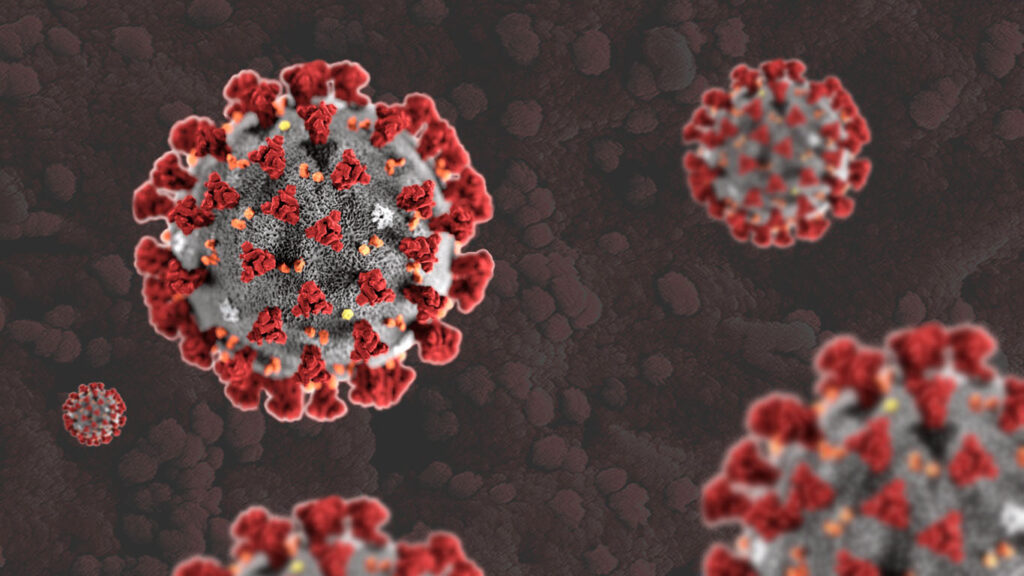Researchers at the University of Bologna analyzed 48,635 coronavirus genomes, which were isolated by researchers in labs all over the world. They identified six strains of the virus that causes the COVID 19 pandemic. Despite its mutations, the virus shows little variability, and this is good news for the researchers working on a viable vaccine. This study was published in the journal Frontiers in Microbiology. With this information, now researchers will find it easier to map the journey of this virus across the globe.
“The SARS-CoV-2 coronavirus is presumably already optimized to affect human beings, and this explains its low evolutionary change”, explains Federico Giorgi, a researcher at Unibo and coordinator of the study. “This means that the treatments we are developing, including a vaccine, might be effective against all the virus strains”.
Of the 48,635 genomic sequences that were downloaded from GISAID, only viruses affecting human hosts were selected,
low-quality sequences (>5% NNNs) were removed and only full-length sequences (>29,000 nt) were used. Thus, we were left with 48,624 sequences. Of these, from Africa, 3,340 from Asia, 31,818 from Europe, 10,250 fromNorth America, 2,127 from Oceania, and 575 from South America. Eleven sequences were not associated to any continent. The study confirms a low mutation rate of the virus, with an average of 7.23 mutations per sample with respect to the reference SARS-CoV-2 genome sequences. One issue with this estimate is that it based on genomes that are already assembled, and does not rely on raw data.
As of now, there are six known strains of SARS-CoV-2. The original one is the L strain, that appeared in Wuhan in December 2019. Its first mutation – the S strain – appeared at the beginning of 2020. After that, since mid-January 2020, we have had strains V and G. To date strain G is the most widespread; towards the end of February 2020, it mutated into strains GR and GH.
“Strain G and its related strains GR and GH are by far the most widespread, representing 74% of all gene sequences we analyzed”, says Giorgi. “They present four mutations, two of which are able to change the sequence of the RNA polymerase and Spike proteins of the virus. This characteristic probably facilitates the spread of the virus”.
Journal Reference:
Mercatelli, D., & Giorgi, F. M. (2020). Geographic and Genomic Distribution of SARS-CoV-2 Mutations. Frontiers in Microbiology, 11. doi:10.3389/fmicb.2020.01800 (https://doi.org/10.3389/fmicb.2020.01800)
You can read more at the University of Bologna Notice Board

